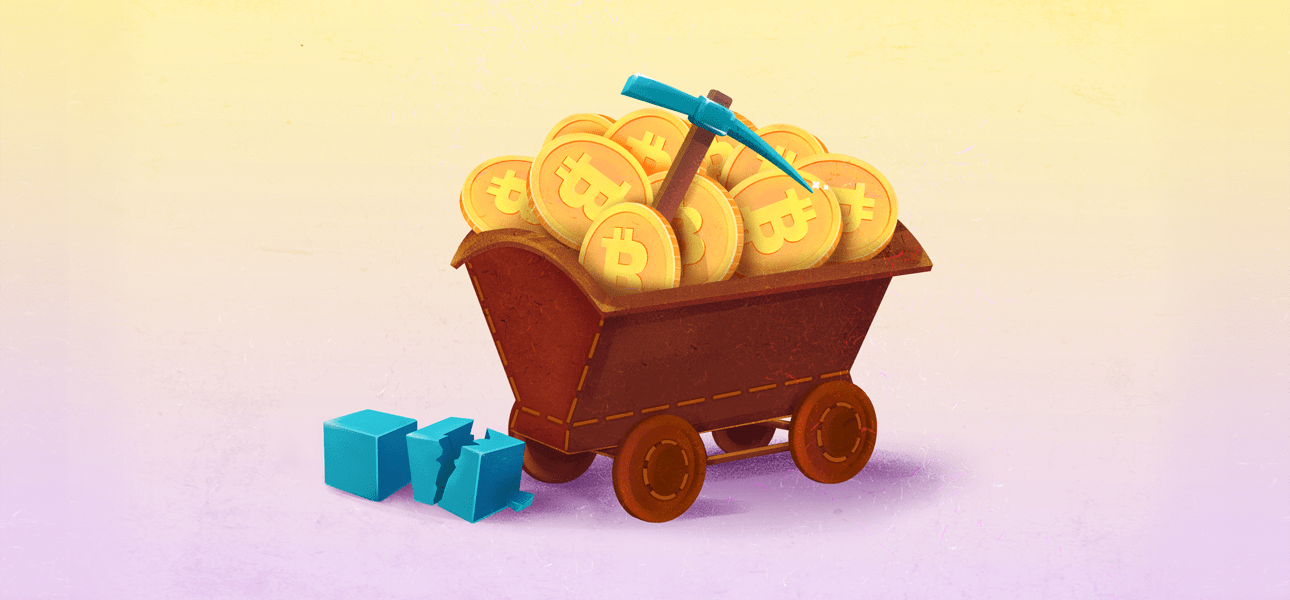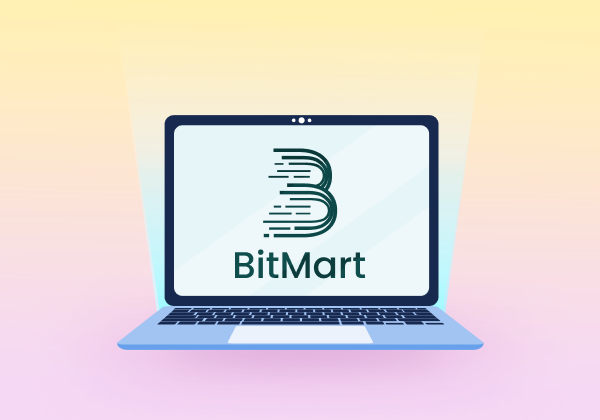
What is Proof-of-Work, and How Does It Work?
In this article, we shall examine the foundational concept underlying blockchain technology, specifically as it pertains to cryptocurrencies such as Bitcoin: Proof-of-Work (PoW). Through a detailed exploration, readers will understand the intricacies of PoW, the pivotal problem it addresses, and how it functions to maintain security within the digital domain.
What is Proof-of-Work?
Proof-of-Work (PoW) is a crucial mechanism that prevents double-spending in most cryptocurrencies. It functions as a consensus algorithm, safeguarding the digital ledger. PoW, initially introduced by Satoshi Nakamoto in the 2008 Bitcoin Whitepaper, has a longer history, with Adam Back's HashCash as an early example.
HashCash implemented PoW to deter spam by requiring a small amount of computational effort before sending emails. While insignificant for an average user, this requirement makes mass emailing significantly harder.
Double-spending is a digital currency issue where the same funds are spent multiple times. It is nearly impossible to spend the same money twice in physical transactions. However, digital money can be duplicated like computer files, making spending the same units in different places possible.
To maintain the integrity of digital currencies, PoW prevents users from copying and spending the same funds repeatedly. This ensures the stability and longevity of cryptocurrencies by eliminating the potential for double spending.
What Problem Does Proof-of-Work Solve?
Users broadcast transactions to the network, which are validated and added to the blockchain before becoming legitimate. The blockchain is an extensive, public database that allows users to verify whether funds have been previously spent. Consider this scenario: you and three friends maintain a blockchain, recording transactions such as Sophia sending William 10 tokens or William transferring Carol 4 tokens.
Importantly, each transaction references the previous one involving the transferred funds. For example, if William sends Carol 2 tokens initially received from Sophia, the record indicates this connection. This tracking system prevents double-spending, as any attempt to reuse the same tokens would be immediately detected and rejected.
While this system functions well within a small, familiar group, it becomes impractical with a larger group of participants, such as 10,000 individuals. Trust issues arise when relying on strangers to manage a financial ledger.
This is where Proof-of-Work (PoW) comes into play, ensuring users do not spend funds they do not possess. By employing game theory and cryptography, PoW enables any user to update the blockchain according to the system's rules, thus maintaining security and trust within the network.
How Does PoW Work?
A blockchain, as the name suggests, consists of blocks containing transactions. Instead of being added individually, transactions are grouped into blocks, which are then validated and included in the blockchain by users who create these blocks. Transactions are considered valid only after a candidate block has been confirmed and added to the blockchain.
Incorporating a block into the blockchain demands substantial resources. Proof-of-Work (PoW) necessitates that miners (those generating blocks) utilize resources, with rewards provided in return for their contributions. This resource is the computational capacity employed to hash a block's data until a solution is identified. The process of hashing a block entails subjecting it to hash functions, resulting in a distinct identifier for each block, akin to a fingerprint.
In PoW, the goal is to produce data whose hash meets specific protocol conditions. Users must employ a trial-and-error method to find a matching hash by adjusting the input data. This variable data, called nonce, and the process of adjusting it to find a suitable hash is known as mining.
Mining involves gathering blockchain data and hashing it with a one-time code until the correct hash is discovered. Once a hash meeting the protocol's conditions is found, the miner can broadcast the new block to the network, prompting other network members to update their blockchains with the new block.
The conditions set by major cryptocurrencies are incredibly challenging to satisfy. As the network's hash rate increases, finding a valid hash becomes more difficult, preventing blocks from being generated too quickly.
Attempting to guess numerous hashes consumes significant computational resources and electrical energy. However, miners are rewarded for their work if they successfully find a valid hash.
To summarize:
- Mining is resource-intensive.
- Rewards are provided once a valid/confirmed block is produced.
- Users can easily verify the accuracy of a hash produced by knowing the input data.
But what prevents fraudulent transactions from being included in a block and generating a valid hash? Public-key cryptography was developed for this purpose. In brief, this algorithm allows users to verify an individual's right to transfer funds to another address using cryptographic techniques. The sender signs transactions, and network members can compare the signature with the sender's public key to ensure its validity.
Blocks containing invalid transactions are automatically rejected. Attempting to deceive the network results in wasted computational resources without rewards. The PoW concept is designed to make it more profitable for users to act honestly rather than attempting to cheat the system. The protocol encourages miners, leading most of them to follow the rules.
Conclusion
Crypto Proof-of-Work (PoW) has emerged as a cornerstone of blockchain technology, playing a critical role in developing and maintaining cryptocurrencies such as Bitcoin. PoW effectively mitigates the risks associated with double-spending and various other malicious activities by implementing a resource-intensive process to validate transactions and create new blocks.
Despite its challenges, including energy consumption and potential centralization, PoW has demonstrated its value in ensuring security and trust within the digital landscape. As researchers and developers continue to explore alternative consensus mechanisms, it is essential to recognize and appreciate the contributions that PoW has made to the cryptography field and its broader implications for digital asset management.
► Sabai Academy — a place where studying blockchain, crypto, fractional ownership, and real estate investments becomes a catalyst for capital growth!
Sabai Academy
BOOST your knowledge with our FREE crypto courses!
Related Articles

How to Register on BitMart?

What are Crypto Payments, and How Do They Work?

